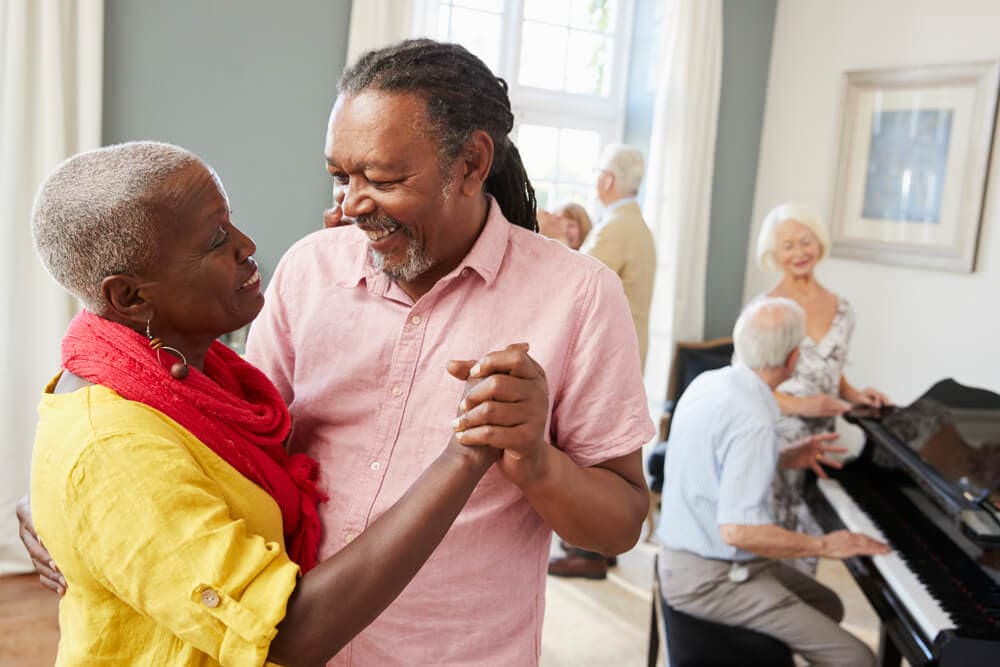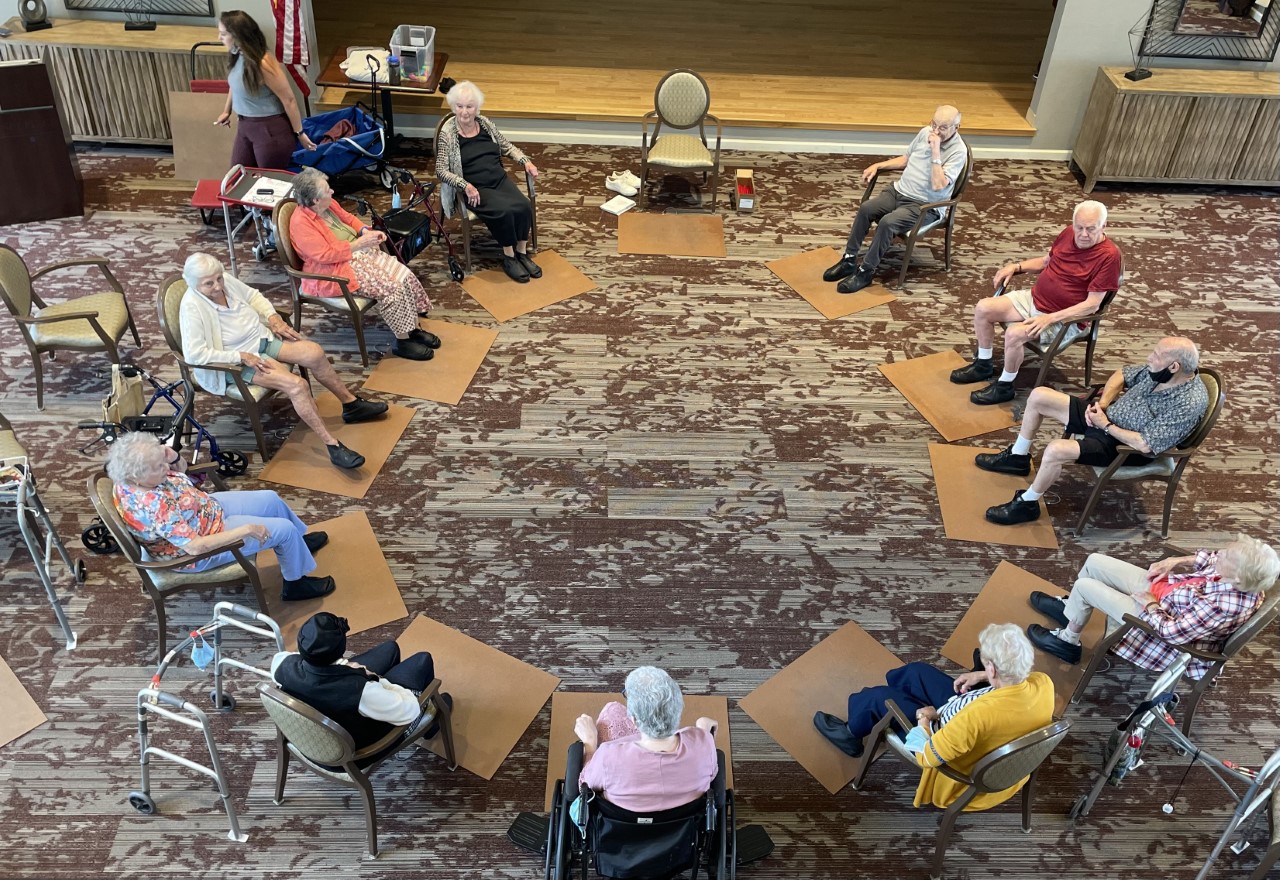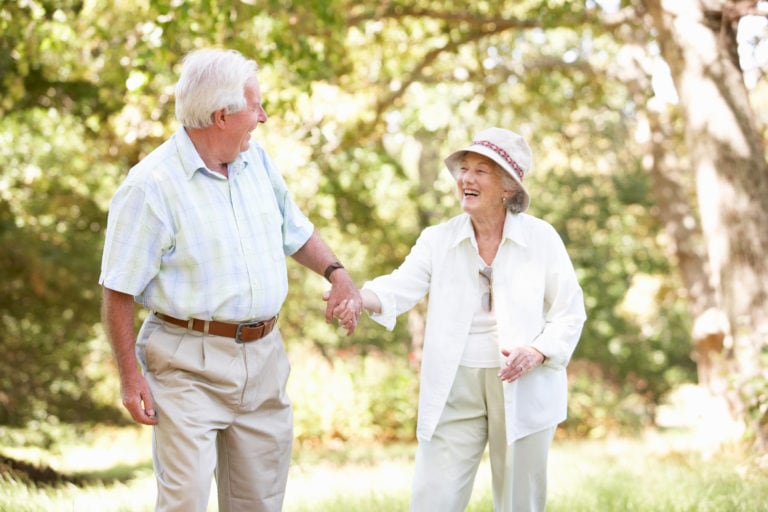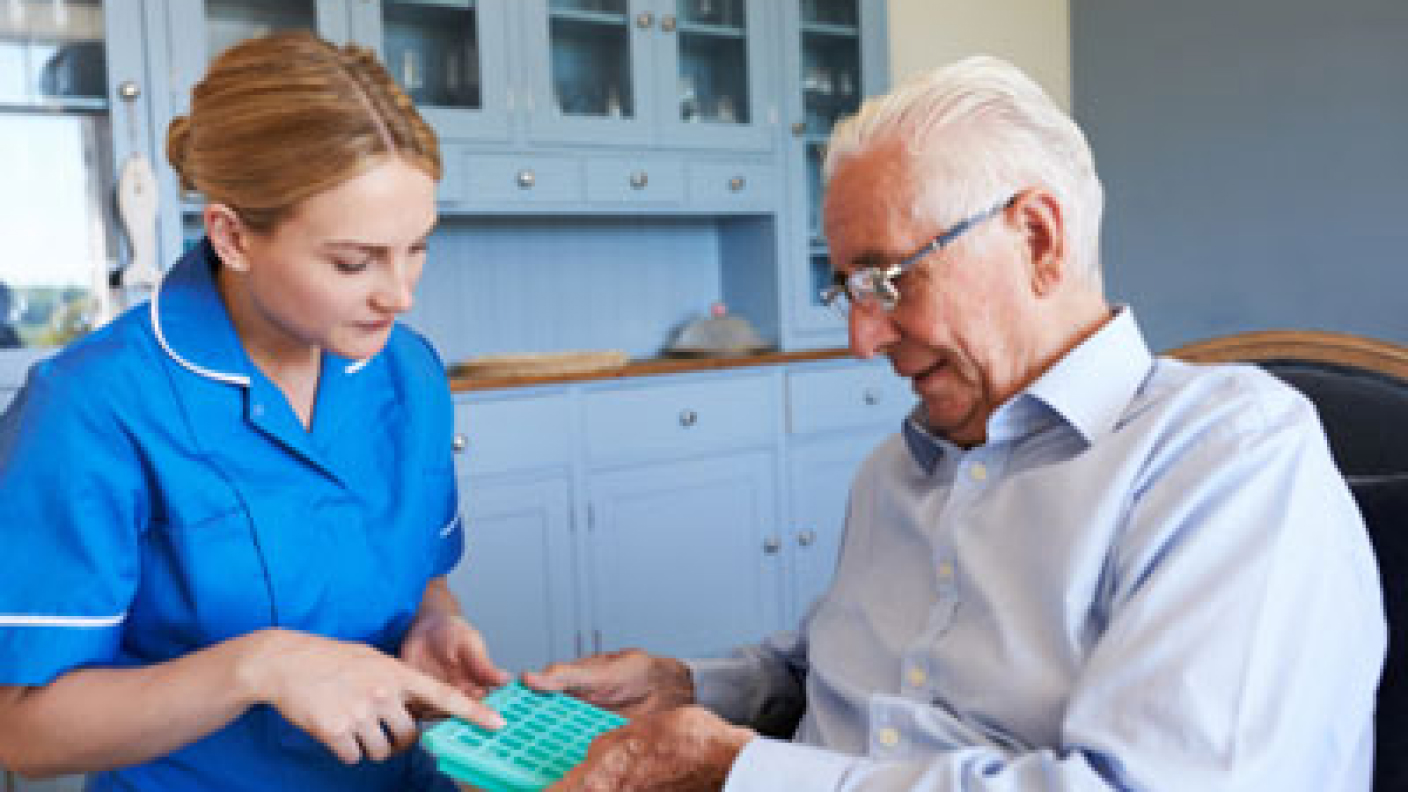Retirement age varies from person to person, but the U.S. Census Bureau estimates the average for American men and women is 63. There are many factors determining when a person can retire and what their health and lifestyle will be like after they leave the workforce. With the average life expectancy over 78 in the United States, many Americans will have numerous years of post-employment life. Whether your dream is to travel the world, go back to school, pursue a new career or passion, or spend more time with family, friends and your community, there have never been more opportunities and resources available. People from all backgrounds and walks of life have the chance to enjoy healthy, productive and active retirements.
As you consider retirement, maintaining your health is key to getting the most out of life.
In addition to physical health problems such as heart disease, cancer, stroke, and arthritis, older adults also tend to be more vulnerable to depression, loneliness, and Alzheimer’s disease. Not only does staying active offer personal fulfillment as we age, but it is also important for maintaining and improving physical health and overall quality of life.
So, what can you do to make the most of your “golden years”? Physical activity and fitness play a key role, along with additional factors that take mental, emotional, and spiritual health into account.
Keep Up Your Fitness Routine or Start a New One
Maybe you woke up at 6 a.m. like clockwork to run a few miles on the treadmill before work every morning before work for 30 years, or barely saw the inside of a gym or exercise class for most of your adult life. Either way, it is never too late to shake up your existing routine or to begin a new one. If you already have a routine that works for you, consistency can help you to stay motivated and add stability to a transitional period like retirement.
Experiment with your new schedule to find the routine and time of day to exercise that works best for you. If you are just getting on the fitness track after retirement, take advantage of the luxury of a more flexible schedule to find an activity you can enjoy and commit to several times a week, whether it’s a yoga or tai chi class, a brisk run or a hike through your neighborhood or local park.
Look for physical activities and exercises for older adults including…
- Aerobics/cardio (shoot for at least 30 minutes three to four times a week);
- Strength training and resistance;
- Stretching and flexibility; and
- Balance
In order to prevent injuries and to stay healthy as you exercise, consult your doctor to find the best activity for your health profile.
Exercise Your Mind by Indulging Your Passions and Learning New Things
After the initial excitement of leaving the workforce wears off, many retirees experience boredom or restlessness. Keeping your mind sharp and active is as important for your health and happiness as working out and eating a healthy diet.
Retirement is a great time to dust off that copy of War and Peace sitting on the bookshelf for years, or join a local book club for suggestions and discussions if you love to read but never had time to indulge before retirement.
Other common activities to help keep your mind sharp and engaged include…
- Learning a new language;
- Improving your chess game;
- Picking up where you left off with an old hobby (or a new one) such as woodworking, painting, or sewing;
- Learning to waltz, foxtrot, or tango (ballroom dancing gets double bonus points for physical and mental health benefits!);
- Volunteering with your favorite charity or community organization; and/or
- Leading a workshop or teaching a subject in your area of expertise.
Take advantage of technology for new learning opportunities and staying connected with friends, colleagues and family members. The Internet is also a great resource for ways to meet people and explore activities in the real world.
Stay Connected with Old Friends and Make Some New Ones
The importance of strong social ties and connections has not always received as much attention as physical fitness and active disease prevention for health and longevity. However, more and more evidence is coming to light on the dangers of social isolation and loneliness, especially for seniors.
Making a commitment to being social and engaged with a community is especially important for older adults living alone after retirement.
Independent Living Communities Keep People Active
As more and more Americans live longer than in previous generations, and the number of adults living alone continues to rise, independent living communities are a great option for seniors looking to preserve their independence and autonomy, while also being part of a vibrant, welcoming community. From banks, restaurants and spas to performance facilities and libraries, and the ability to lock your door and take a vacation away, independent living communities offer great environments combining privacy and freedom for active retirees.
Contact Us
In addition to the built-in social fabric of fun and interesting events, learning opportunities, and physical fitness resources, SALMON Health and Retirement’s retirement communities for active adults, The Willows, offer services designed to support and improve senior mental health and well-being.
To learn more about The Willows at Westborough and Worcester locations, contact us through our website for more information.




